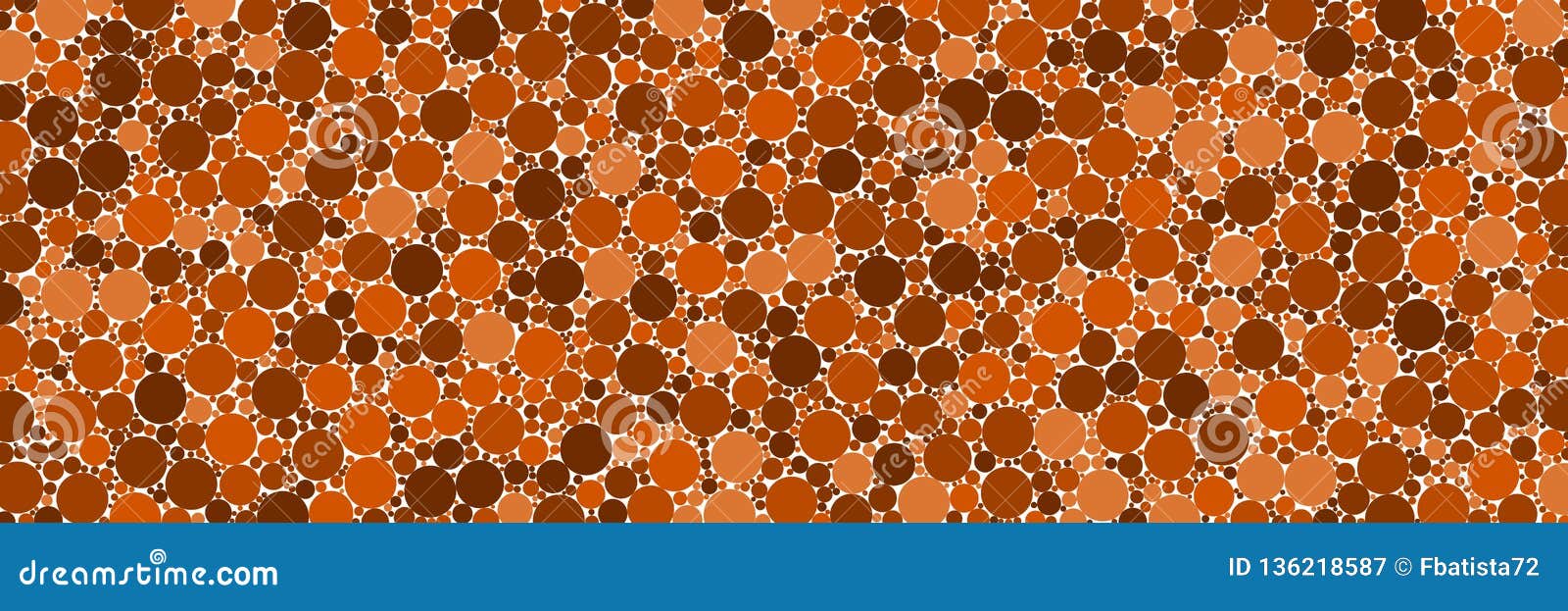
A fixed-pixel display always coverts the source material to fit its own resolution.As a wedding photographer, you frequently share images with colleagues or clients online. Most High definition television and LCD have a fixed-pixel display, and this tells you the amount of detail the monitor can display. More resolution generally means more data and information.

Resolution is important when printing high quality images and graphics. The aspect ratio for these is 1.78, which is similar to that offered by theaters, and thus attempt to give you the same experience.

It is also an important consideration while buying large screen LCDs and Plasma TVs. Why are Aspect Ratio and Resolution important?Īspect ratio is important when resizing images or videos so as to avoid distorting them. The common monitor resolutions are 640x480, 800圆x768. between 19), 1.78:1 (used in high-definition television), 1.85:1 (35mm standard for theatrical film), 2.00:1 (used by American studios in the 1950s), 2.20:1 (70mm standard developed in the 1950s), 2.35:1 (used by Cinemascope and Panavision), 2.39:1 (35mm from 1970 onwards), 2.55:1 (original aspect ratio of Cinemascope), and other ratios. The common aspect ratios used are 1.33:1 (35mm silent films, television sets and personal video cameras), 1.37:1 (35mm sound film between 19), 1.43:1 (IMAX format 70 mm wide film), 1.50:1 (used for still photography), 1.56:1 (used in shooting commercials), 1.66:1 (invented by Paramount Pictures), 1.75:1 (used by MGM and Warner Bros. Radiometric resolution is expressed in number of bits and defines the differences in intensity in image files.
#ASPECT RATIO DOT BY DOT MOVIE#
Temporal resolution refers to the resolution of events at different time points in movie cameras. Spectral resolution refers to the resolution of different color wavelengths in a coloured image. It not only depends on just the number of pixels but also on the system that creates the image. Spatial resolution refers to how closely the columns (horizontal value) and rows (vertical value) can be resolved in an image. Resolution can be expressed as a horizontal x vertical measurement, in megapixels (horizontal value multiplied by the vertical value, and divided by a million), or per unit area. Pixel resolution defines the number of pixels used in digital imaging. The resolution of digital images can be described as pixel resolution, spatial resolution, spectral resolution, temporal and radiometric resolution. Modified aspect ratio (MAR) is the aspect ratio assigned in order to fit a type of screen, and different from the dimensions in which it is filmed. Converting aspect ratios is possible only by enlarging the original image to filling the area, along with cutting off the excess area, or by stretching the image to fill in the area according to the new ratio. This might be altered to be viewed in other modes, such as television. Original Aspect ratio (OAR) is the aspect ratio in which the film is originally produced.


 0 kommentar(er)
0 kommentar(er)
